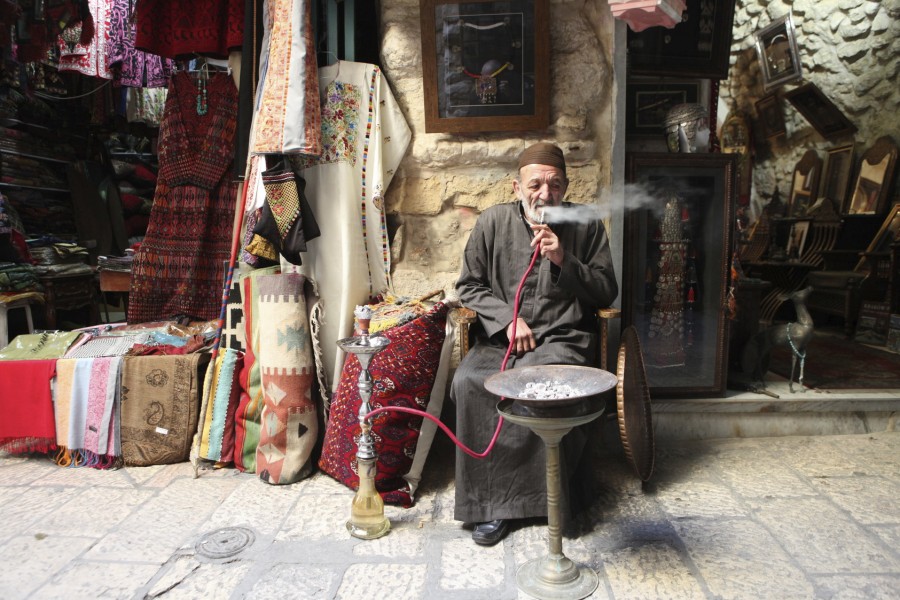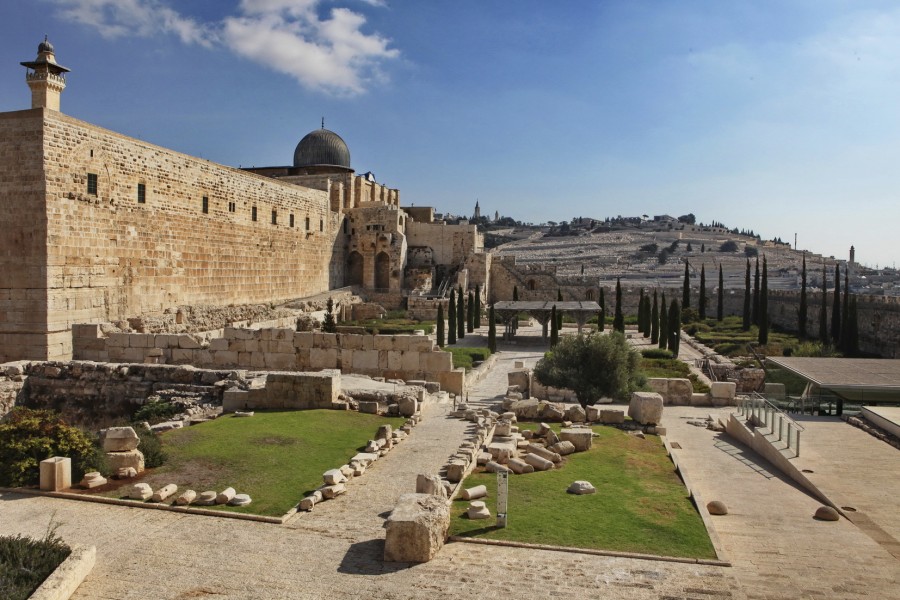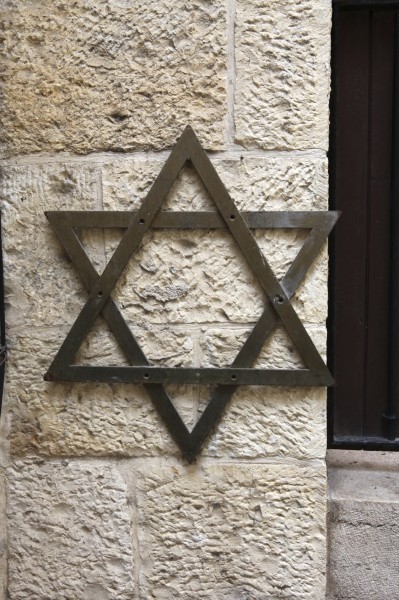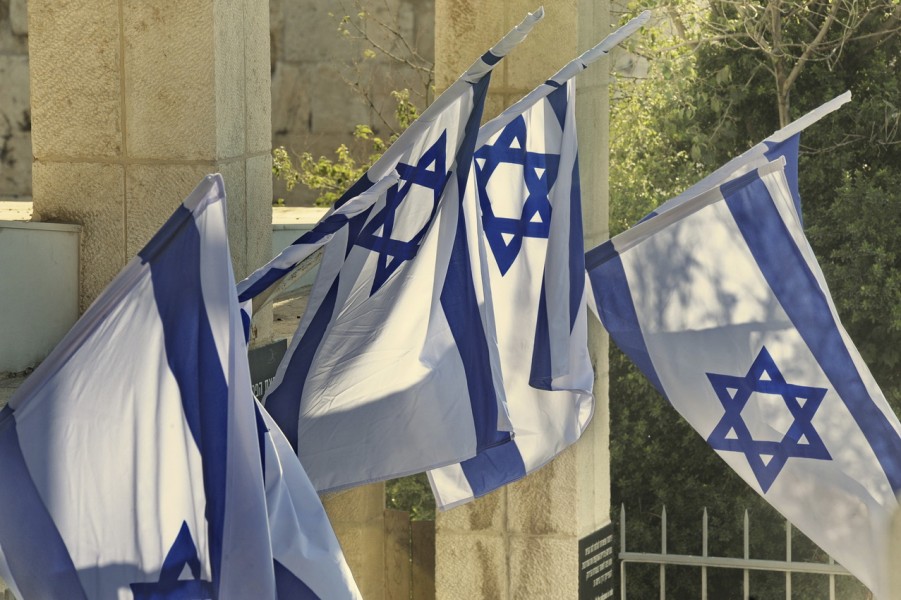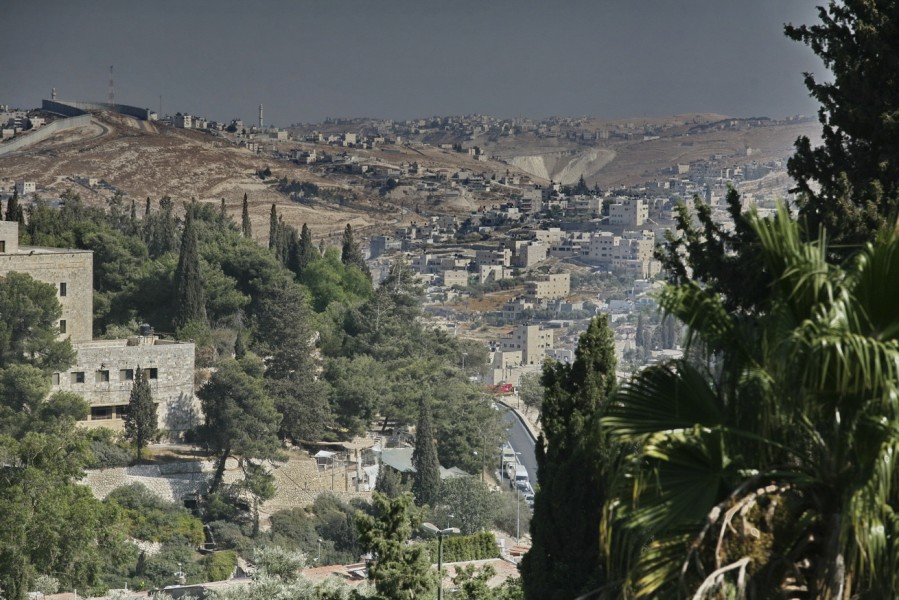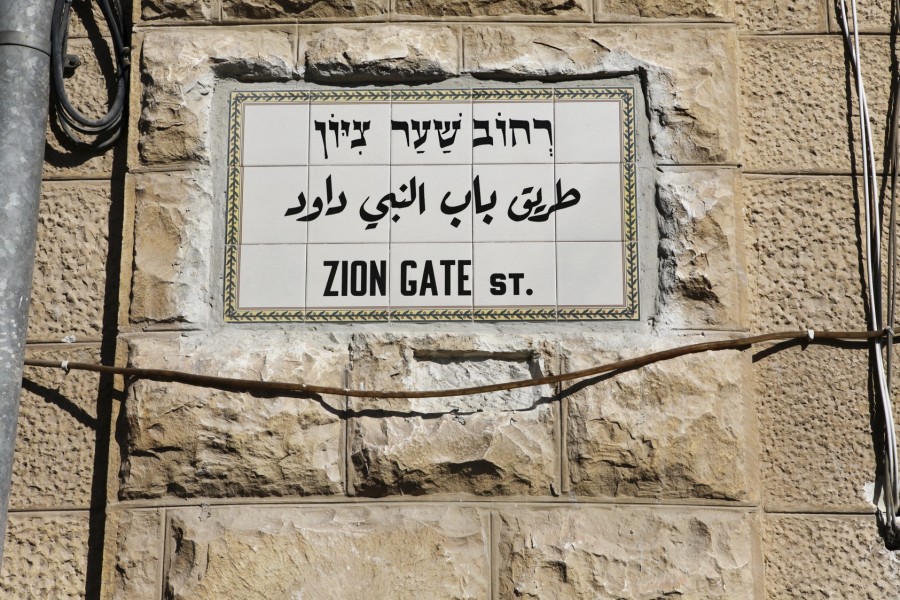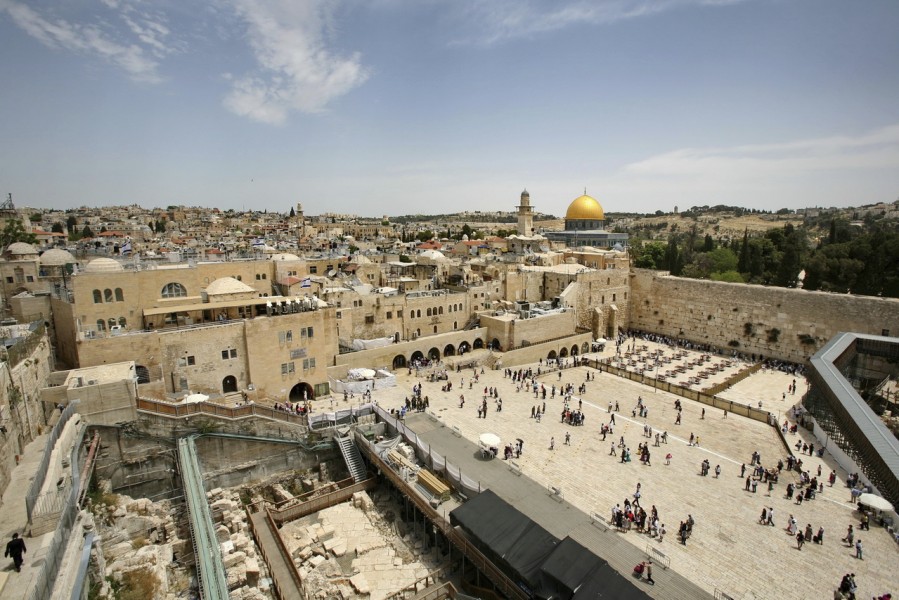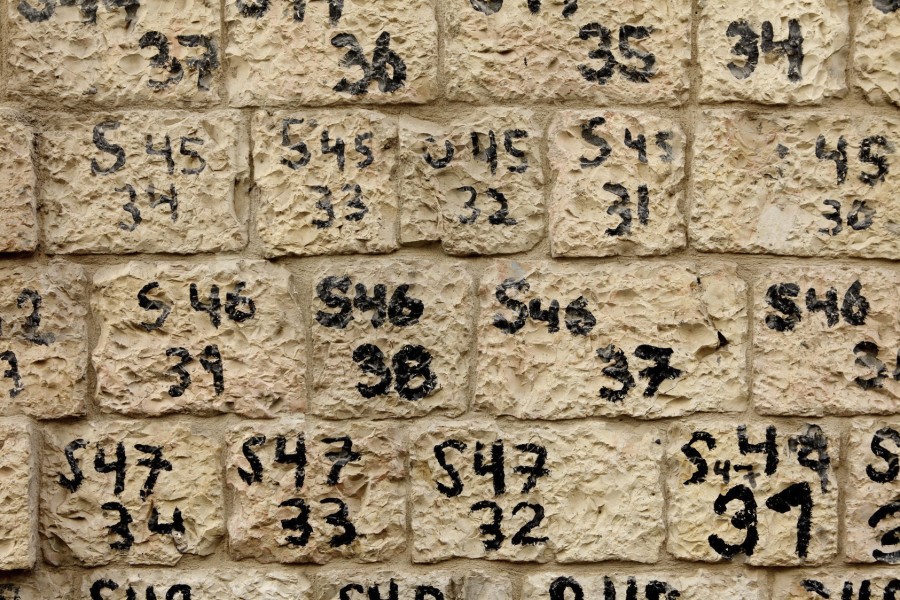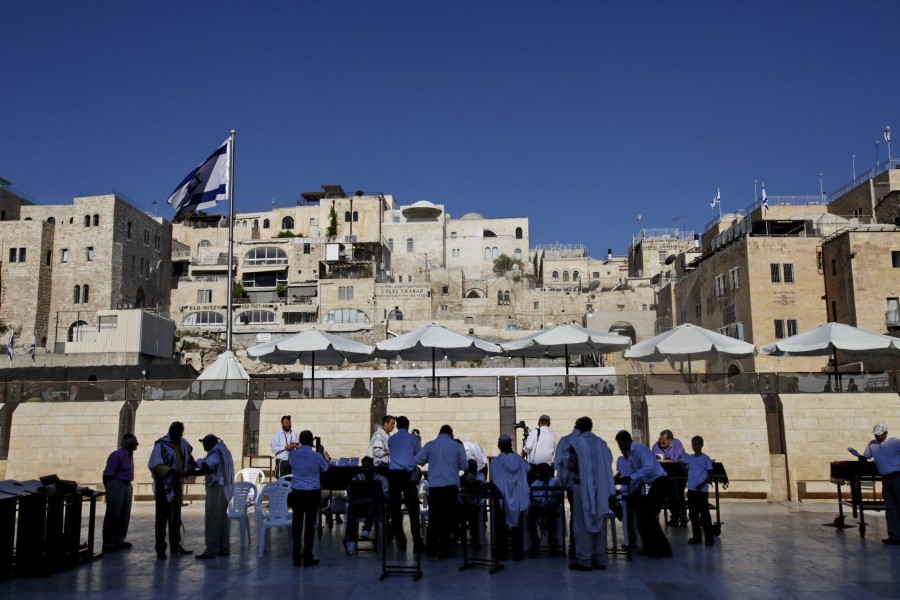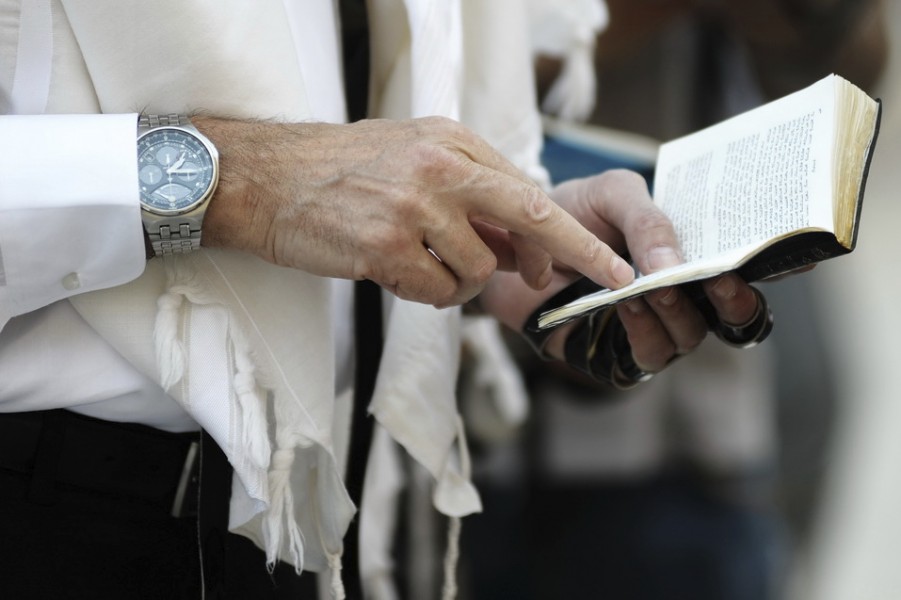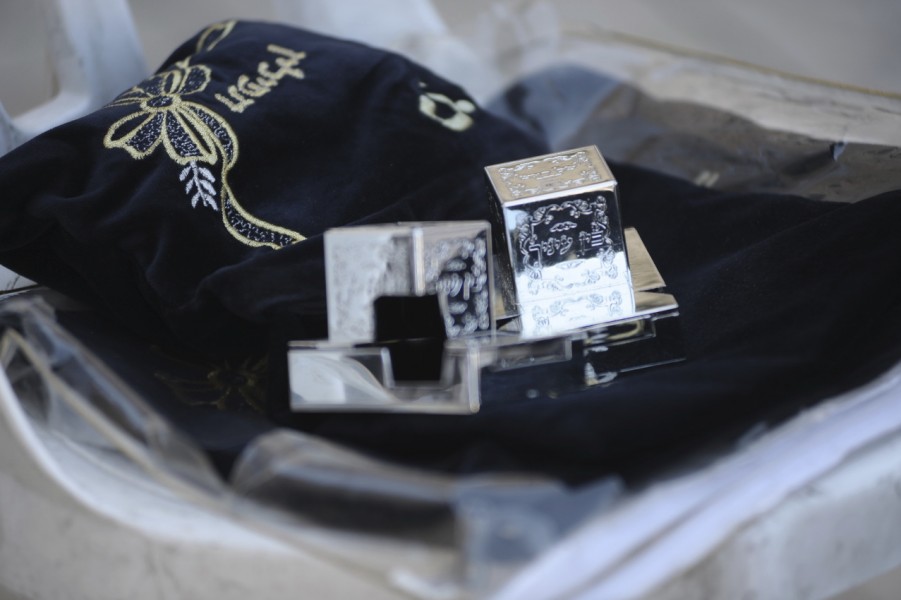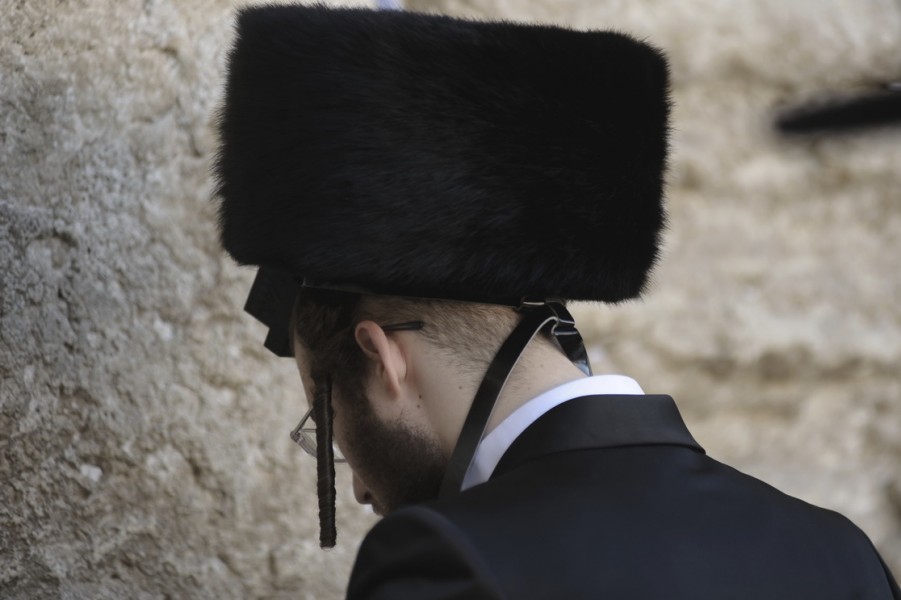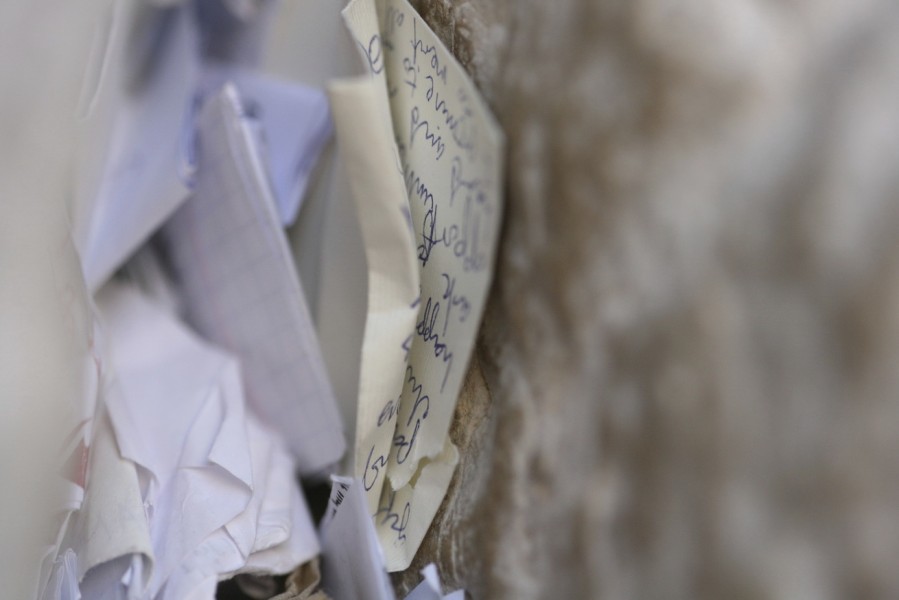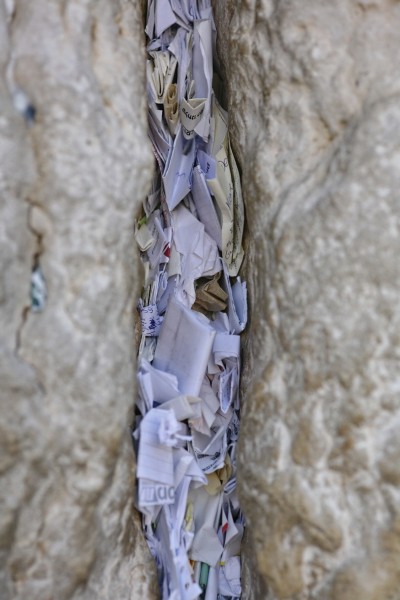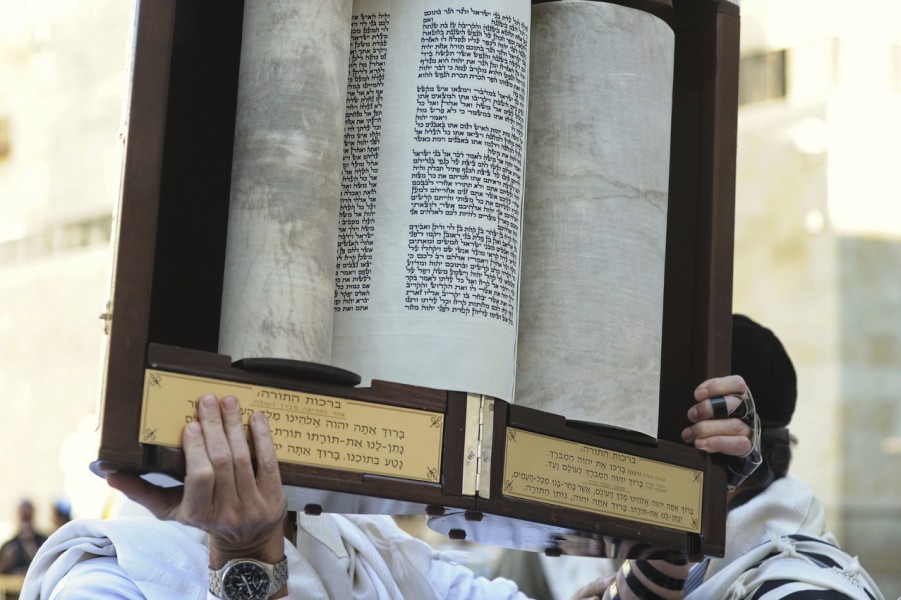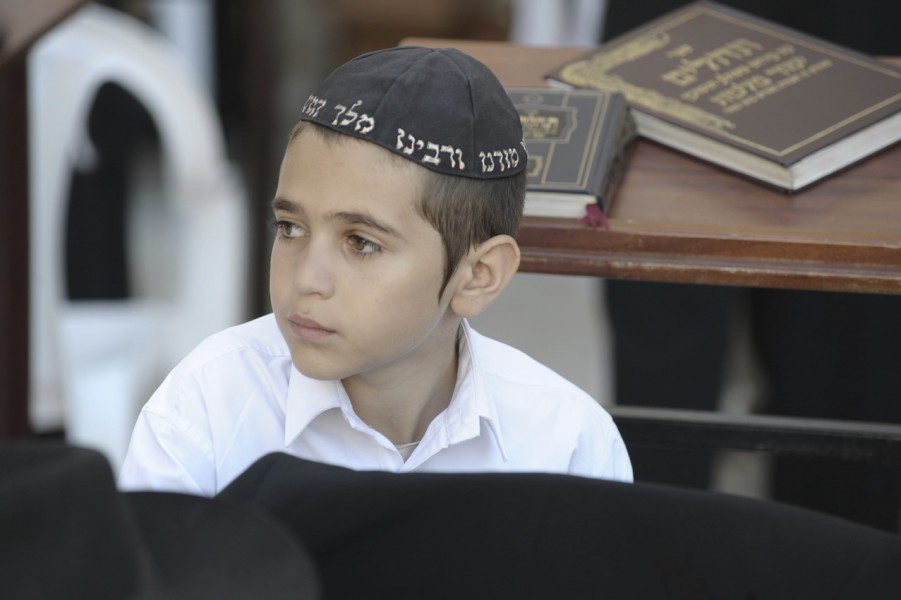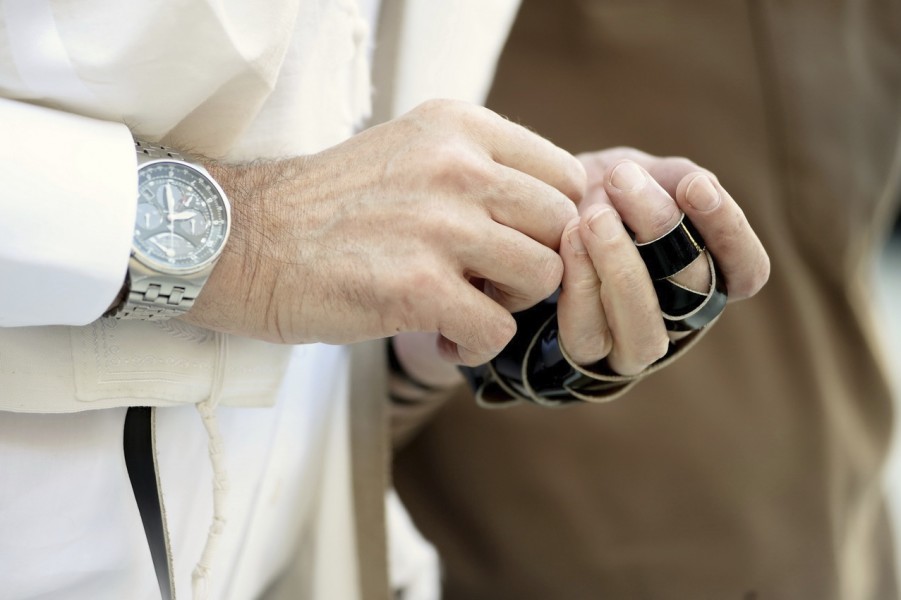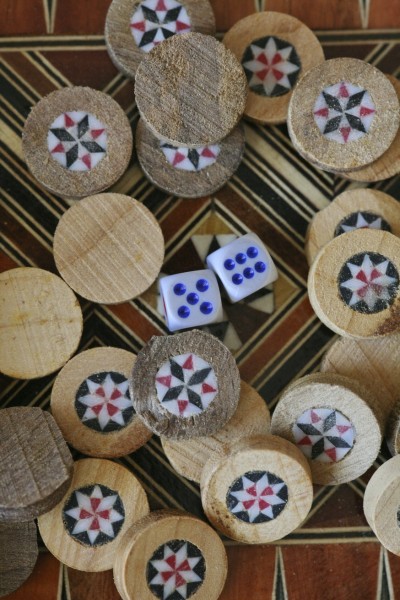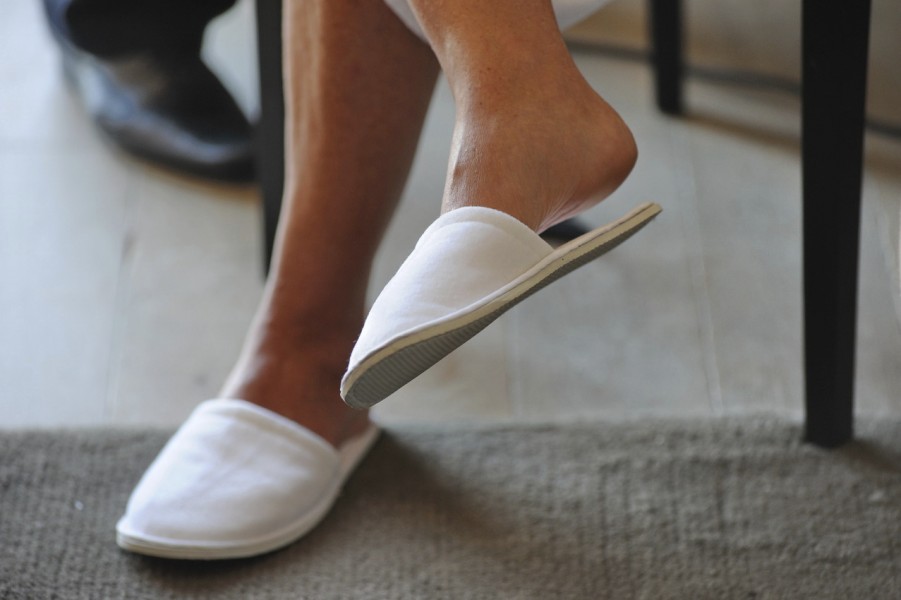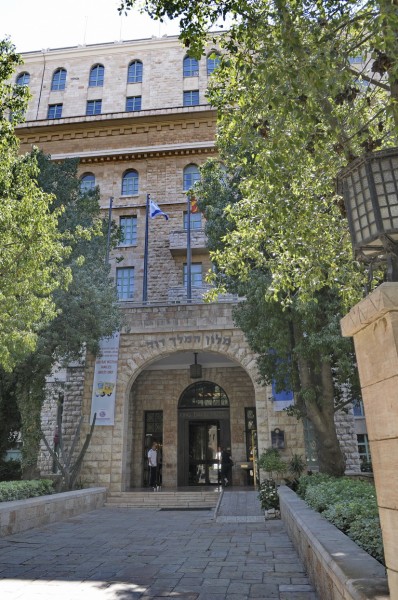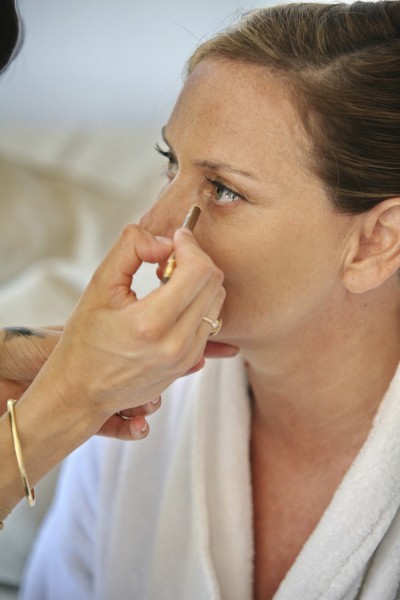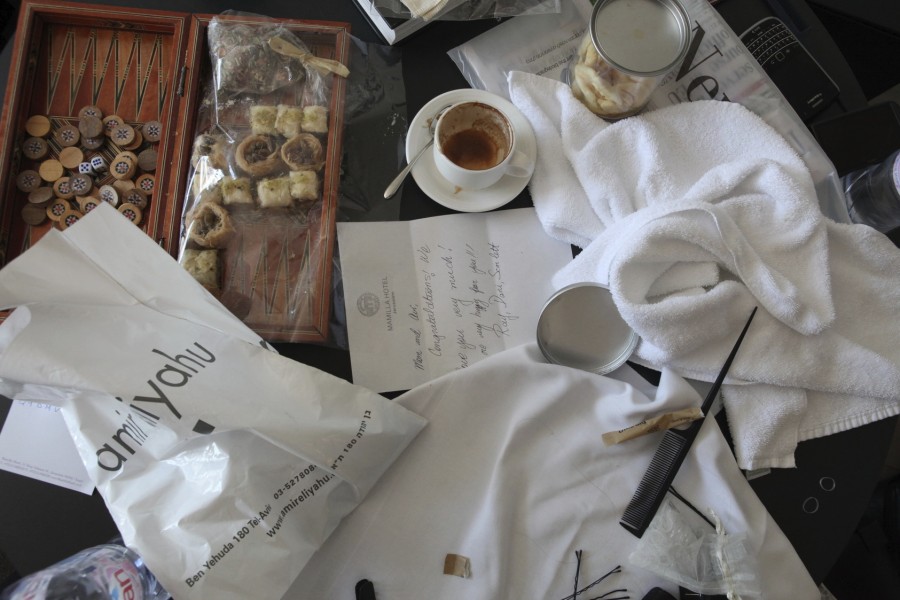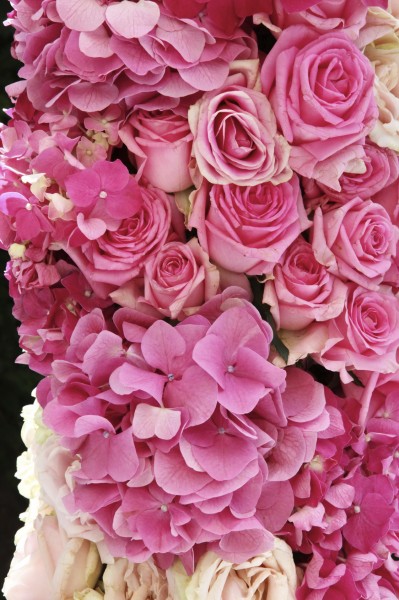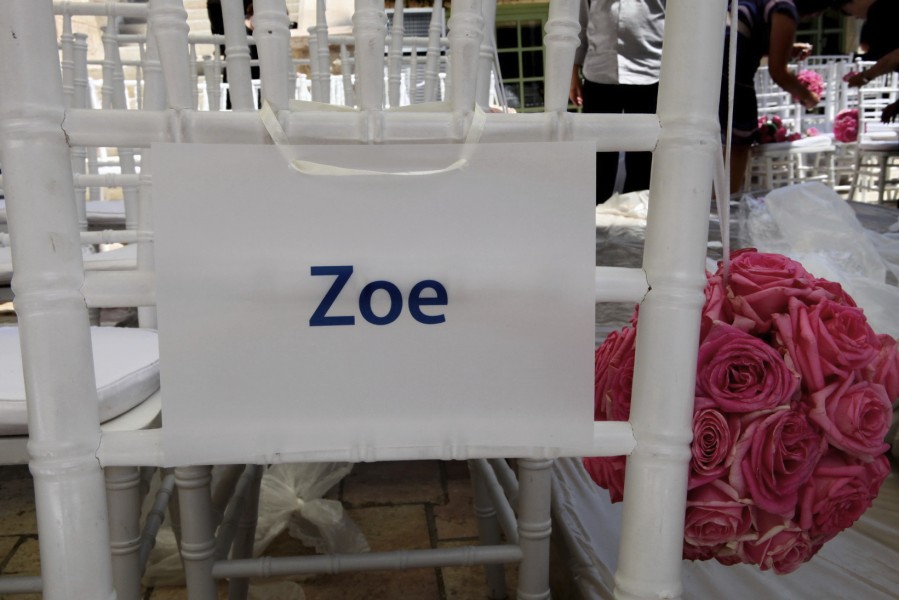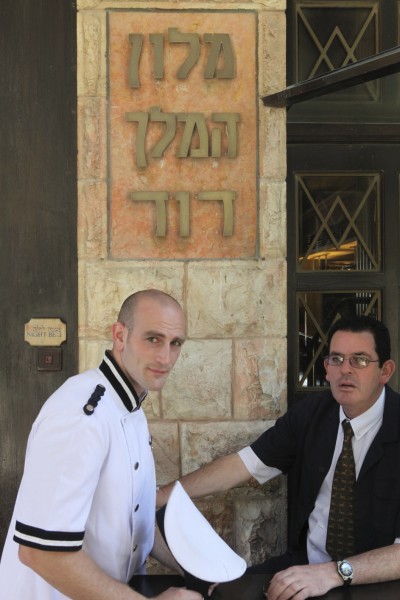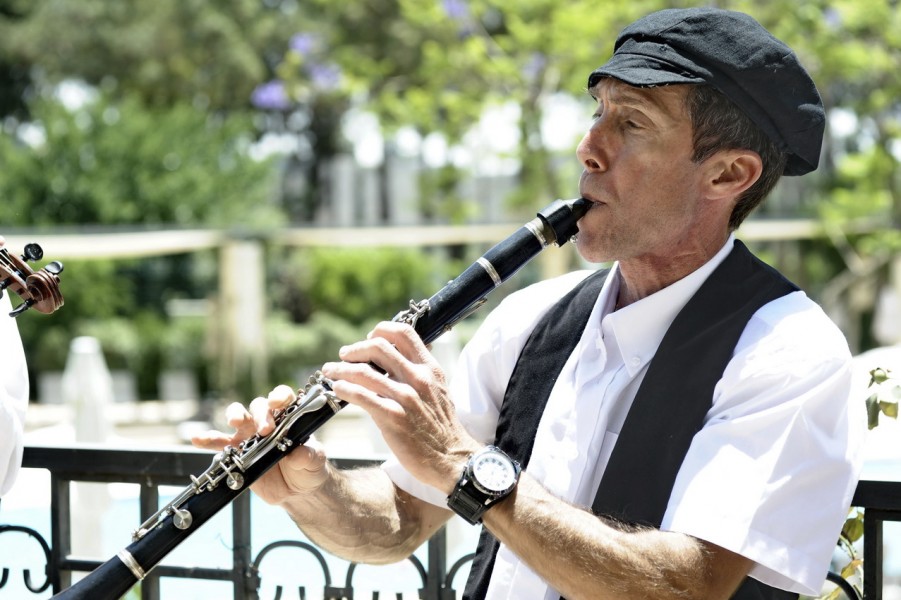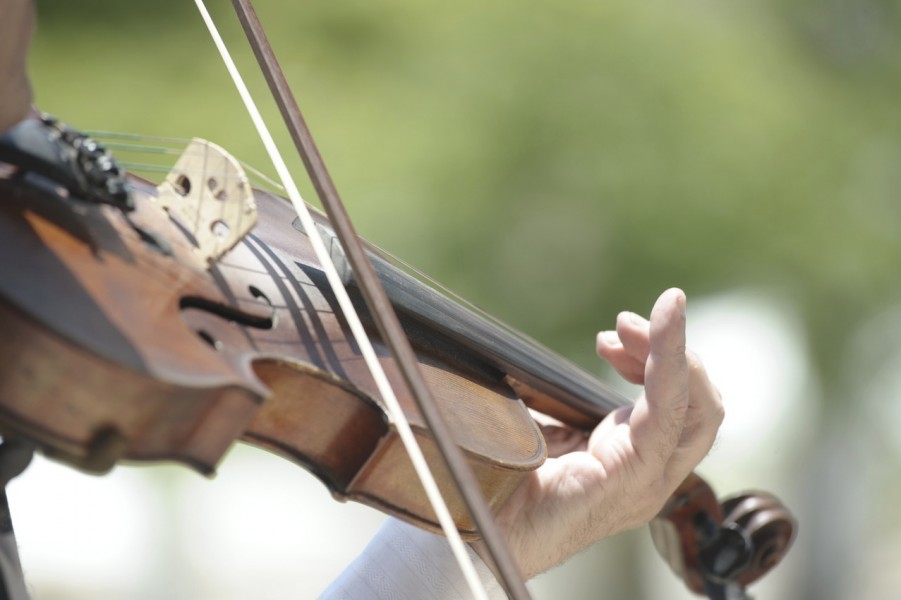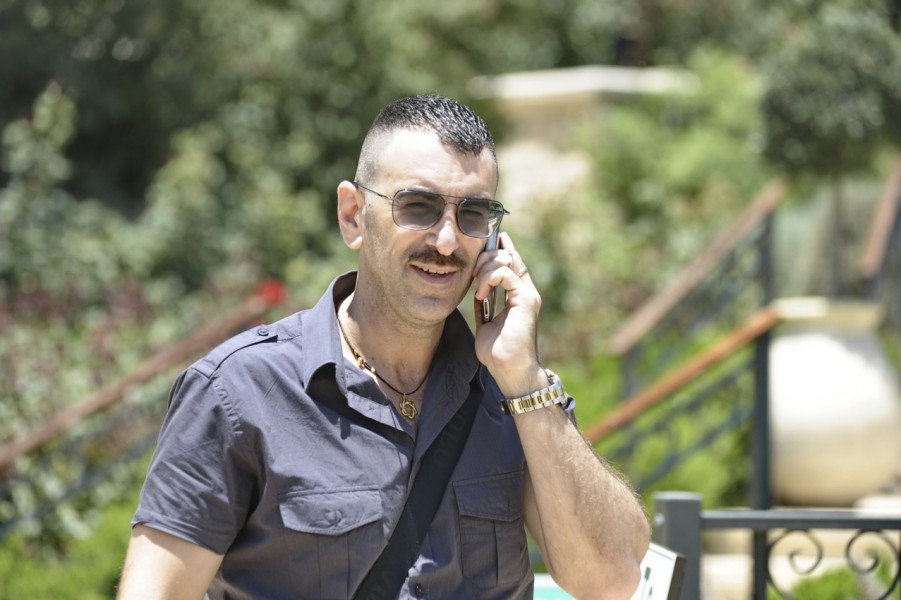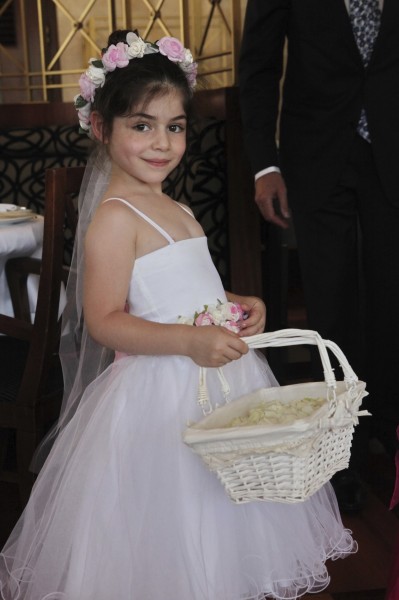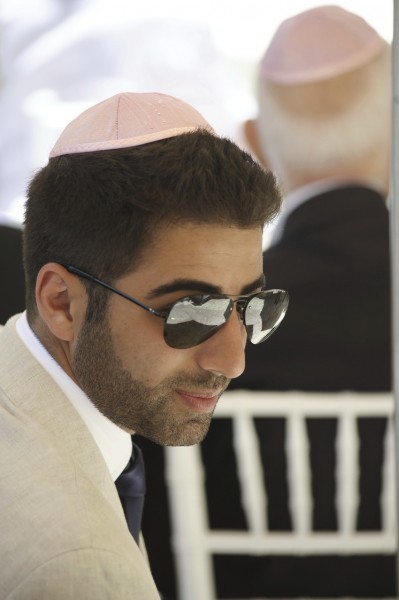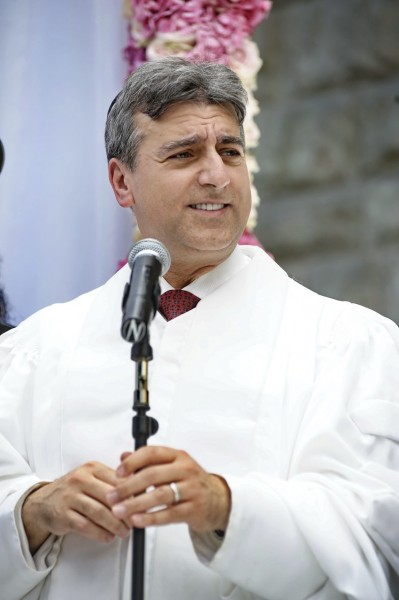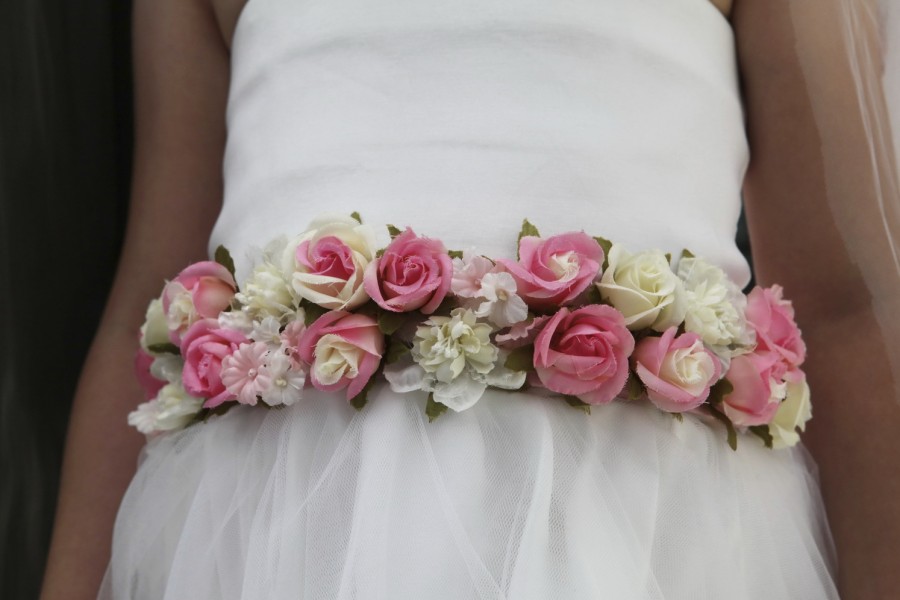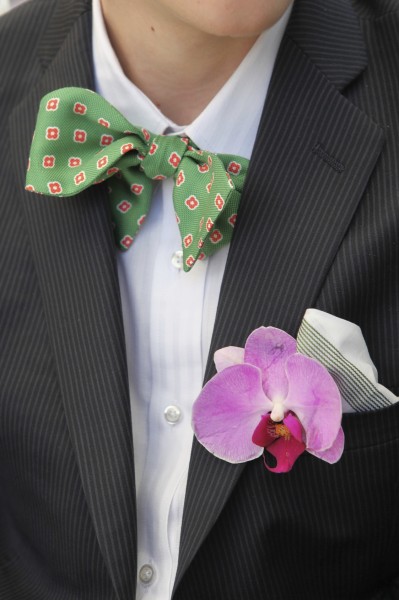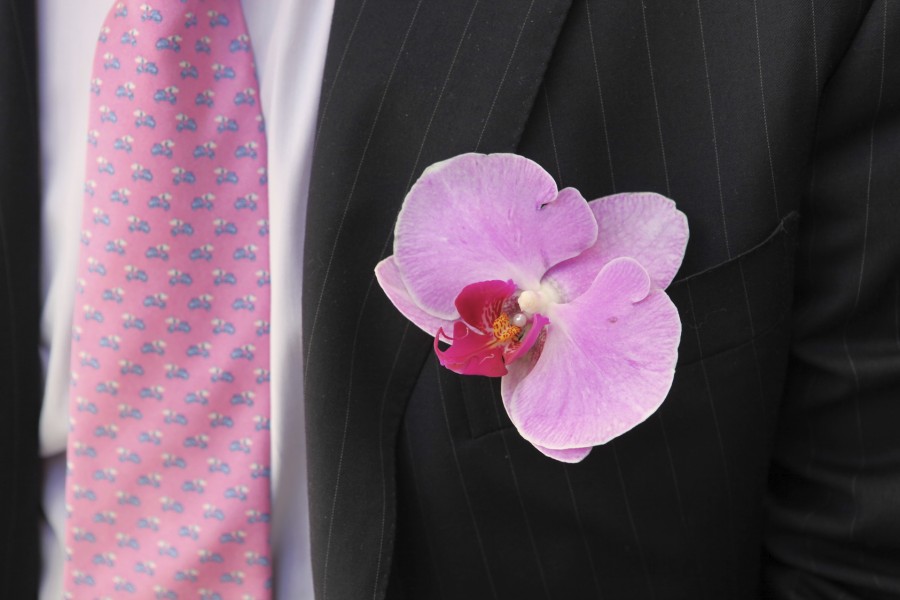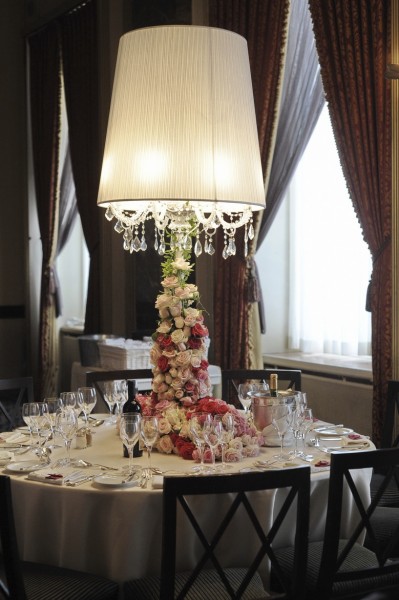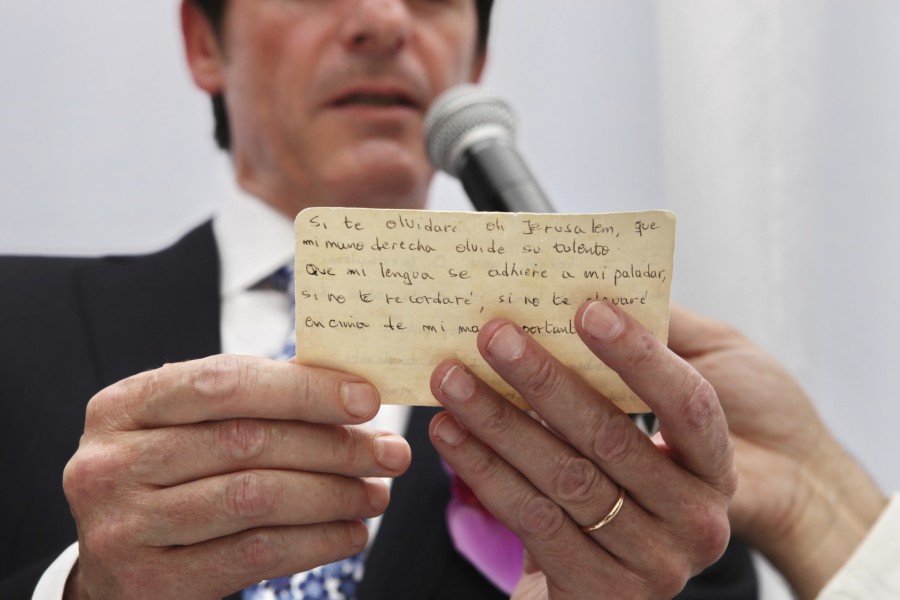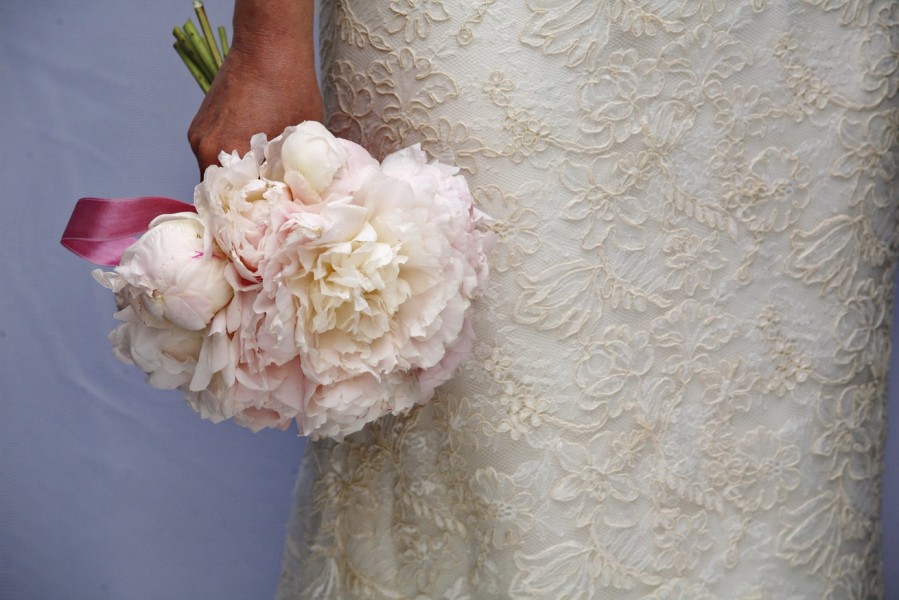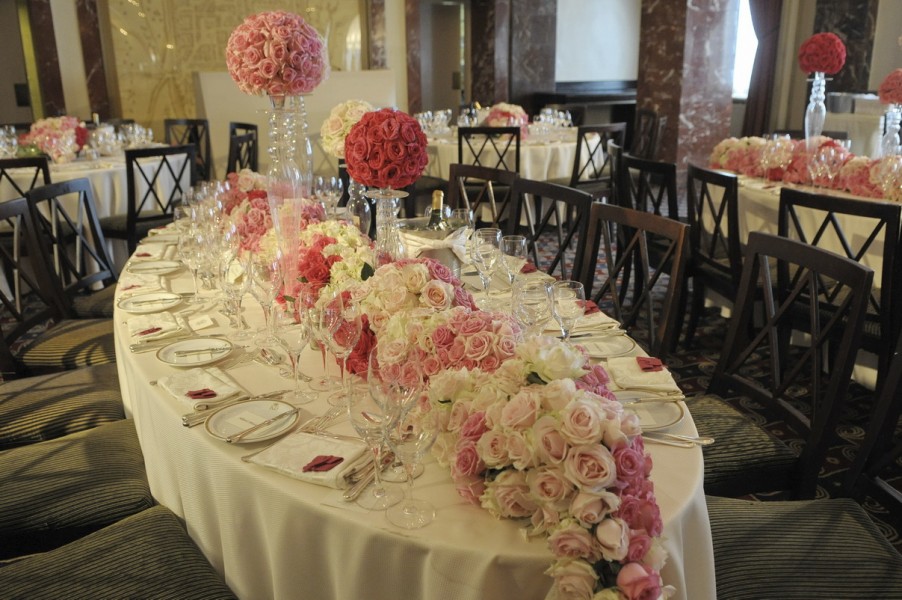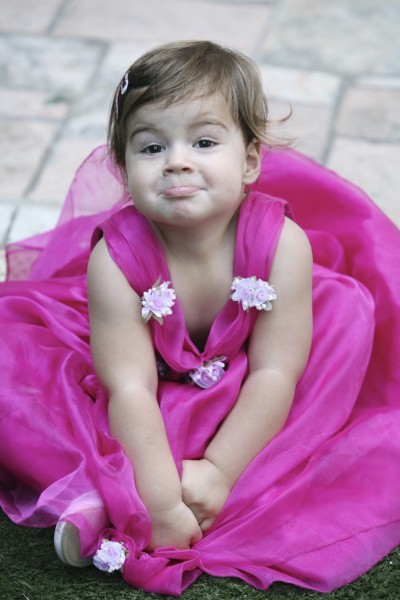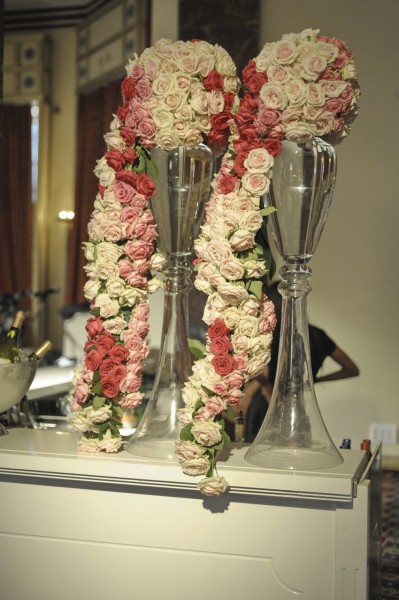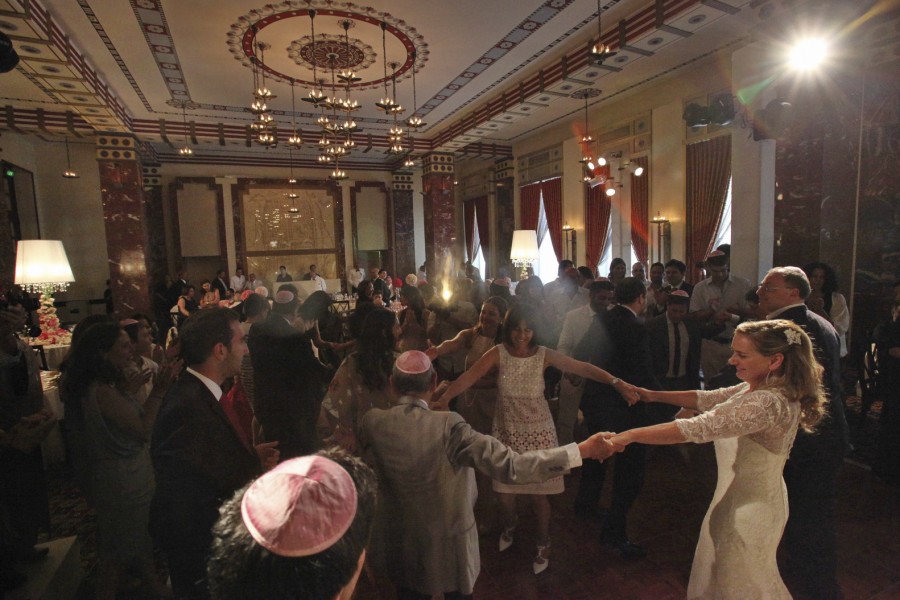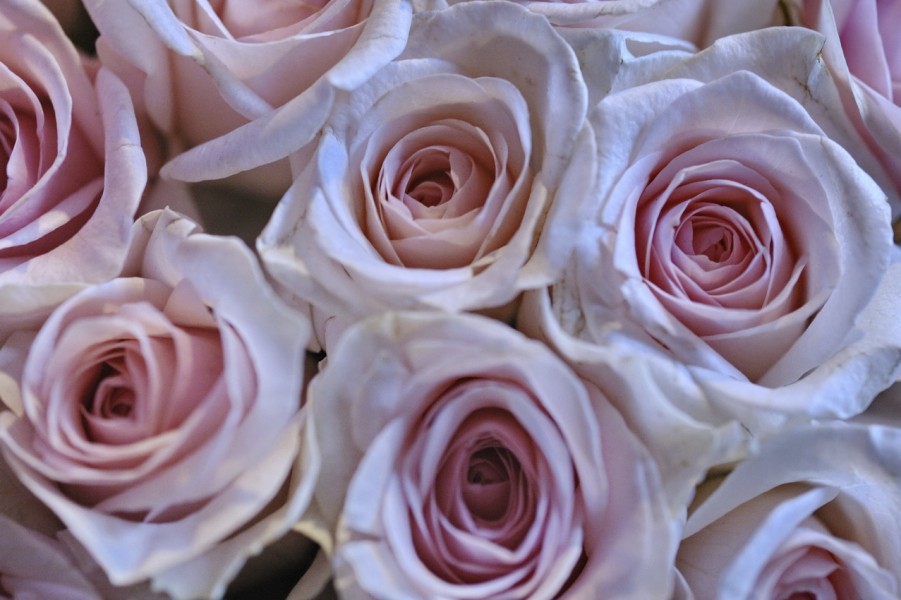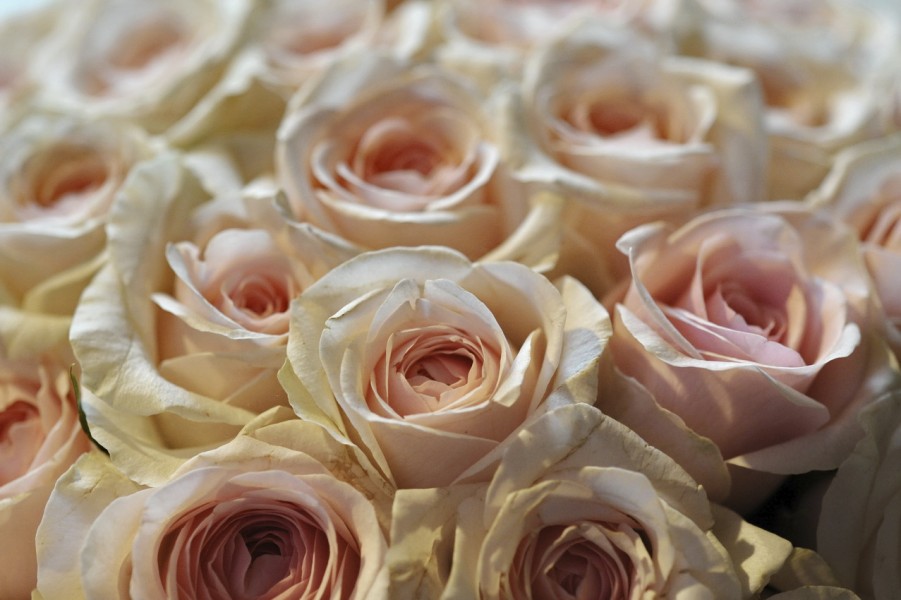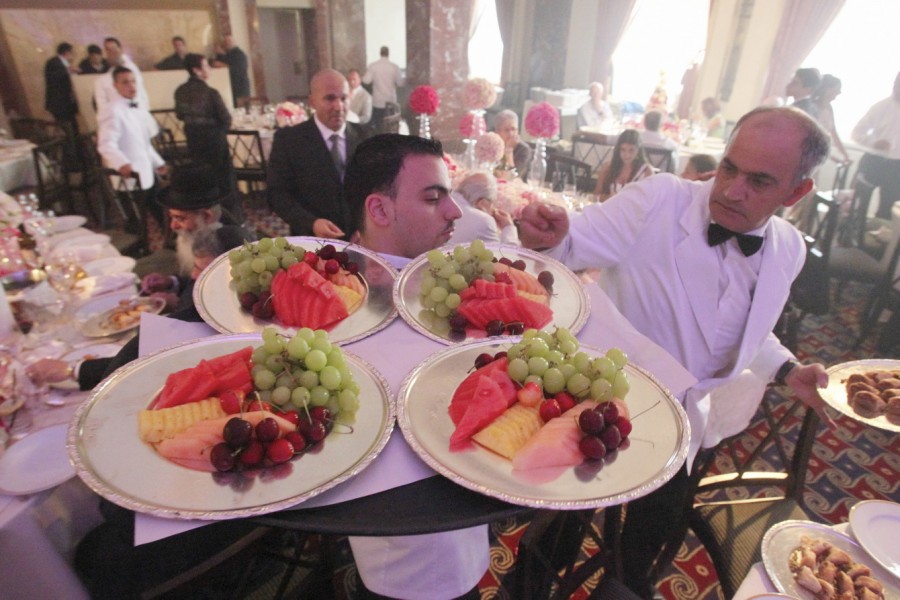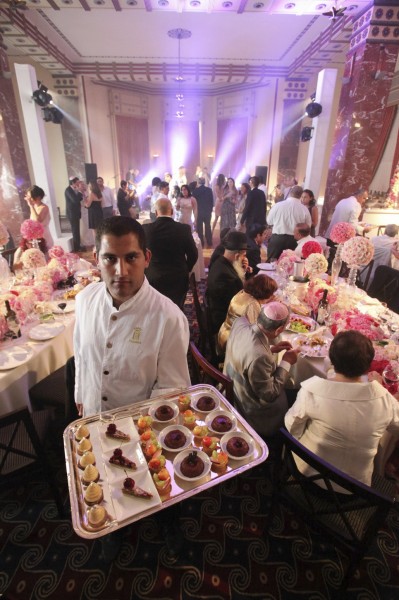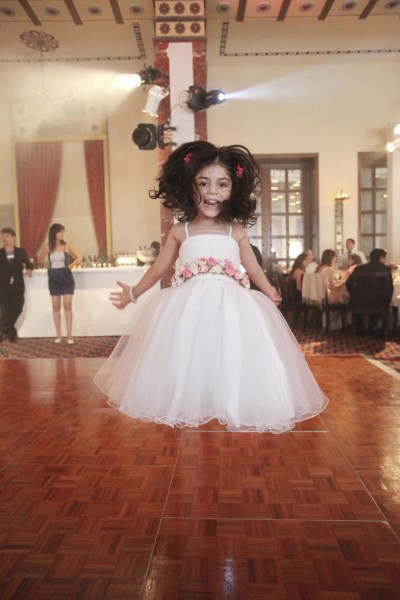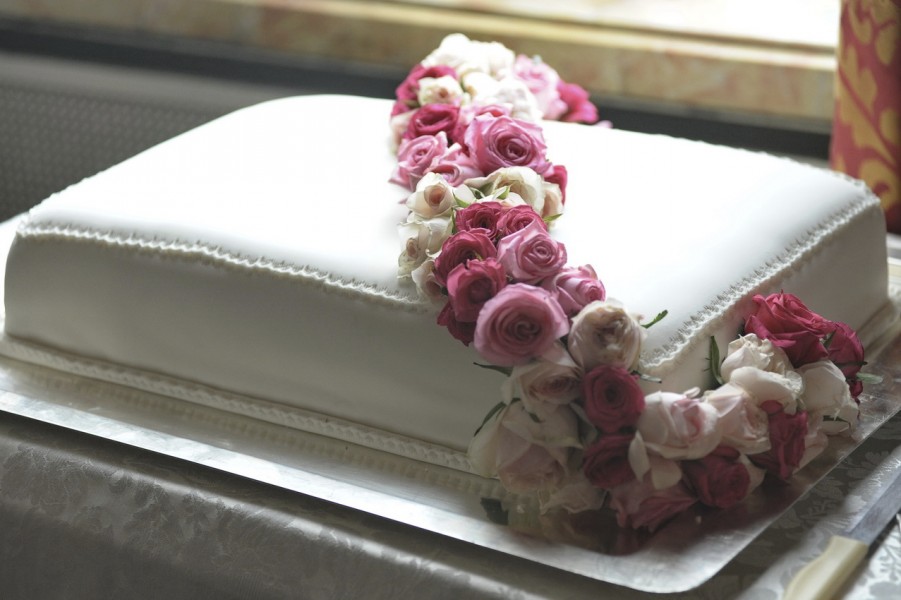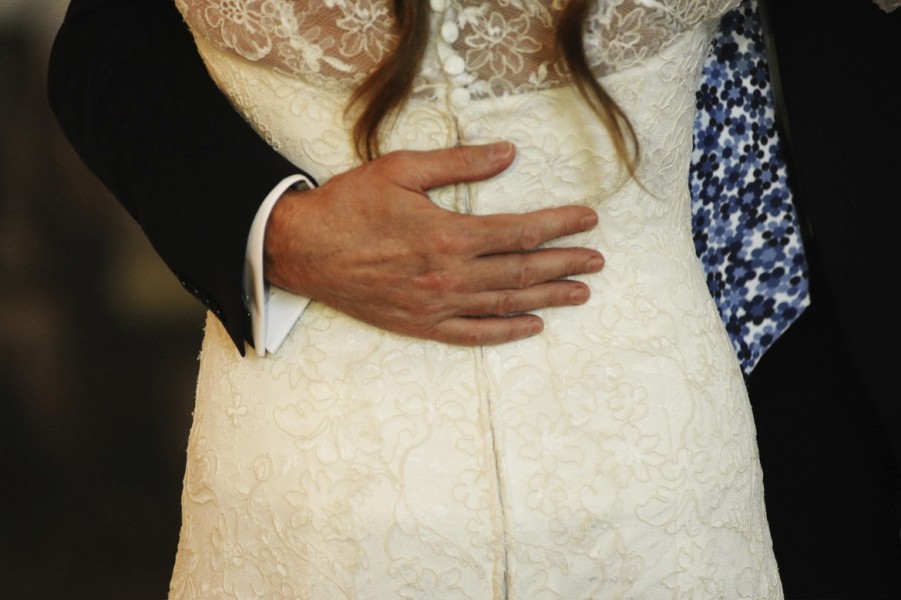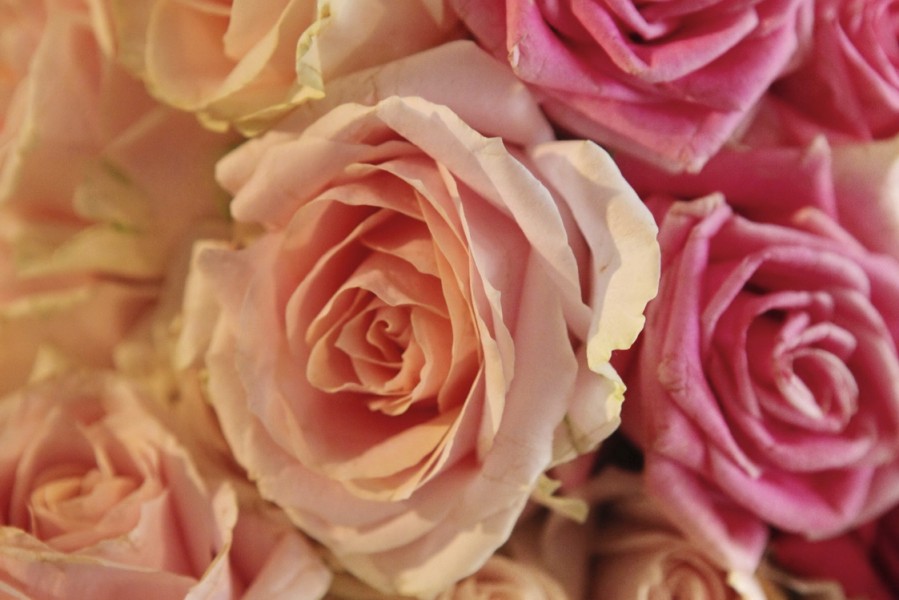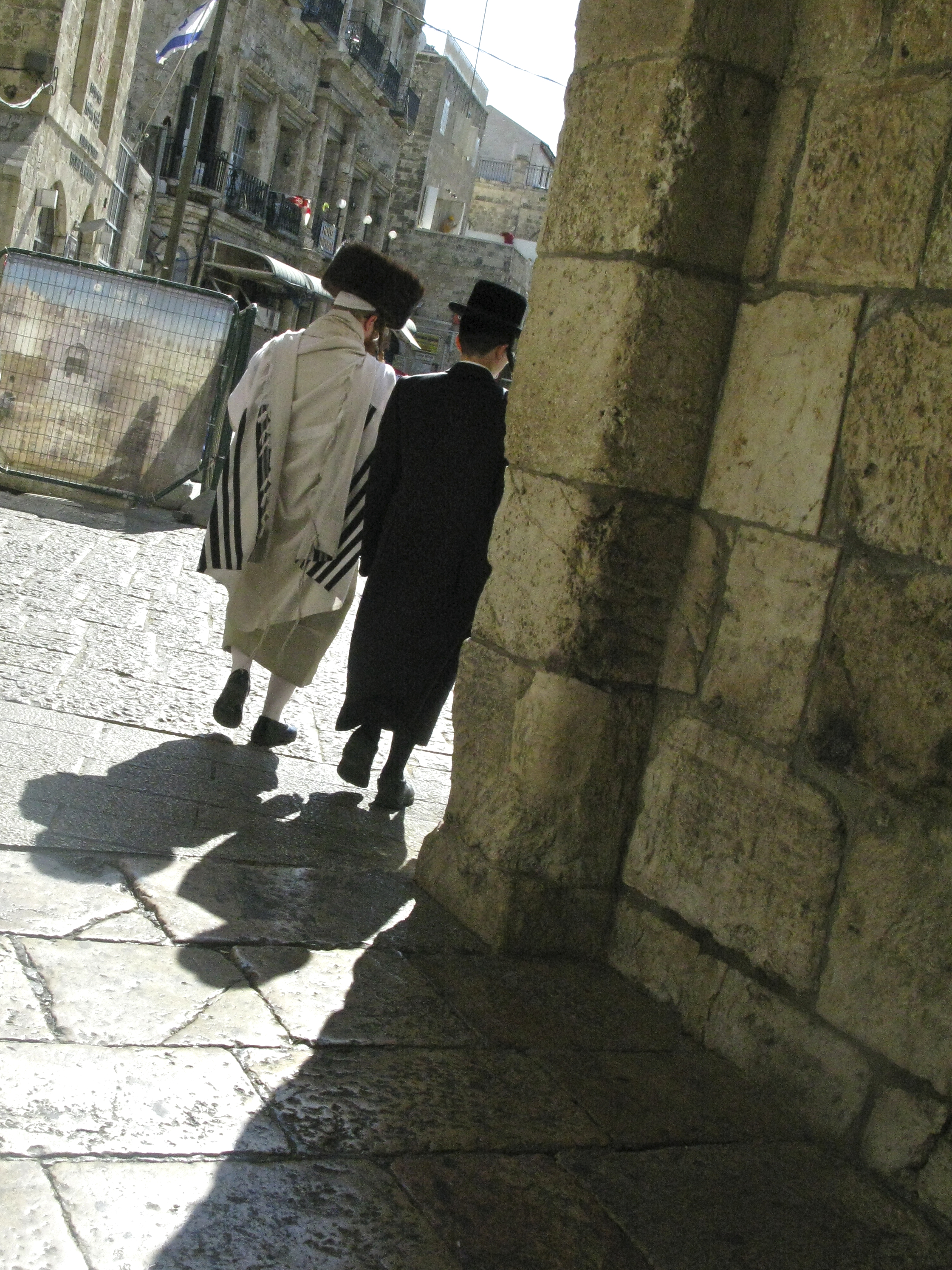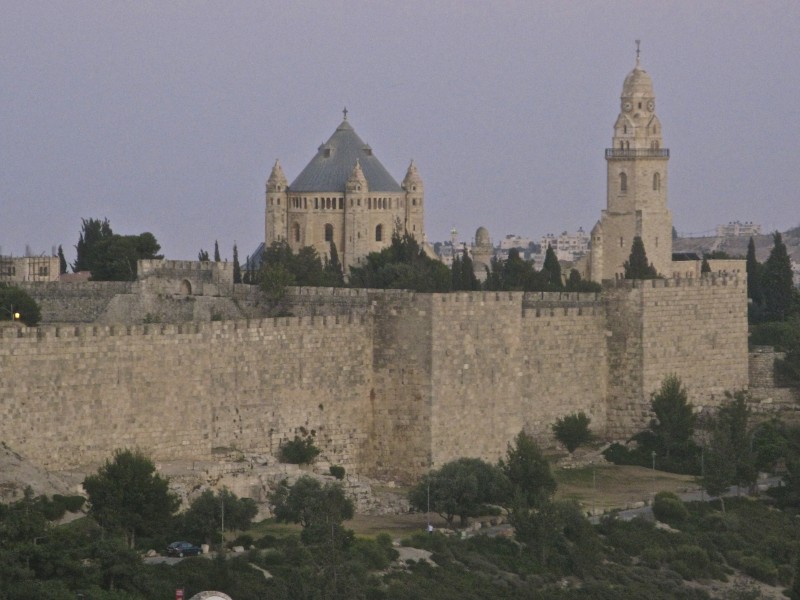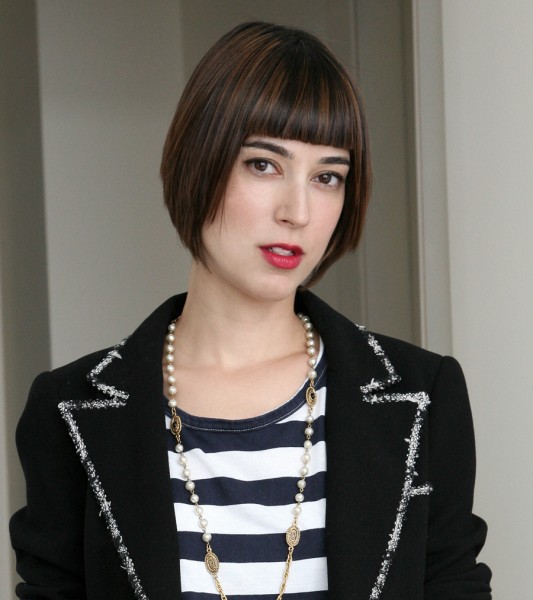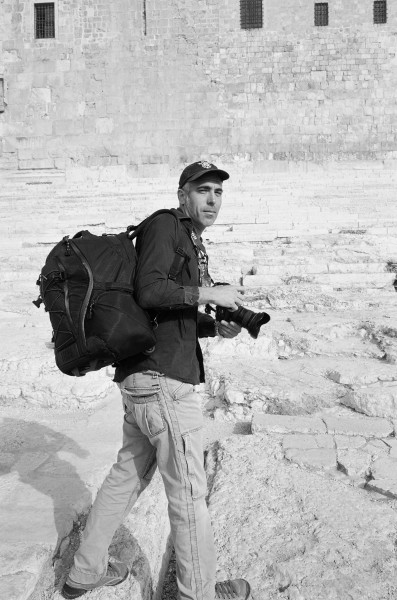If you do decide to get married away from home the world is a full plate of unforgettable opportunities!. They call those, Destination Weddings.
My true intention of having picked Jerusalem in Israel for my wedding, was simply due to a dream I had years ago where I visualized myself like in a premonition being the protagonist of a a religious ceremony under the Jewish Houppa in a garden facing the oldest city in world , heart of universal spirituality.
Having said that, it is common knowledge that the ambitious intent of organizing away from home, a religious event followed by a party and hosting several guests coming from the four corners with special and dedicated attention and comfortable accomodation, is not one of the easiest tasks one can bear for himself.
Starting from the strict laws of Jewish religion to the smallest details monitored by local security authorities the whole project can be overwhelming and at times why not?, a true utopia.
But us Scorpios love to be challenged especially when we meet other scorpios professionals living and working in Israel who speak perfect English and understand that once one had a premonition dream that needed to be set physically in place within the next few weeks . Those three keys to true success are called Koby Bar Yehuda.
” What is this invitation you sent me to look at ? Are you nuts? ” I hear on the other side of the line on my blackberry. ” What do you mean Koby? The invitation is in English for foreigners and in Hebrew for locals …I thought….” ‘ Do you want your Israeli guest to come to your ceremony ? -he adds with an authority of a commander officer threatening a Tiron ” ‘
Intimidated and a little defensive I reply with an ” of course ” ” Then you will have to change the time in the Hebrew version; Israelis are known to be late to events therefore the hebrew translation will have one hour difference from the English version. I will be glad to modify that for you.
And this had been our first exchange of words.
In traditional Jewish literature marriage is actually called kiddushin, which translates as “sanctification” or “dedication.” “Sanctification,” indicates that what is happening is not just a social arrangement or contractual agreement, but a spiritual bonding and the fulfillment of mitzvah.
Dedication indicates that the couple now have an exclusive relationship, that involves total dedication of the bride and groom to each other, to the extent of them becoming, as the Kabbalists state, “one soul in two bodies.”.
According to the Talmud, 40 days before a male child is conceived, a voice from heaven announces whose daughter he is going to marry, literally a match made in heaven! In Yiddish, this perfect match is called “bashert,” a word meaning fate or destiny.
” Mazel Tov, darlings, you’re getting married” You’ve picked out invitations, auditioned the band, and you’re on your way to the perfect wedding. Everything is planned, save for the set of essential details that will turn your big day into a timeless, spiritual event. We’re talking minhag, baby: the Jewish wedding customs that create a meaningful link between past, present, and future.
The Tish
A traditional Jewish wedding begins with a groom’s tish, Yiddish for table. The groom attempts to present a lecture on the week’s Torah portion, while his male friends and family heckle and interrupt him. Meanwhile, the bride is entertained in another room by her female friends and family. Bride and groom may lead the tish together in Conservative and Reform congregations.
The tish is not supposed to be serious — rather, it should be humorous and fun. It’s a great way to introduce yourselves and set the tone for your wedding. In addition, all that silliness will help you relax and loosen up.
The Ketubah Signing
In Orthodox communities, after the tish the ketubah (Jewish marriage contract) is signed by the groom, the rabbi, and two male witnesses. In Reform and Conservative congregations, the bride may also sign the ketubah, and additonal lines can be added for female witnesses, too. Despite its testimony that the groom has “acquired” the bride, the ketubah is all about the bride’s rights and her willingness to take part in the marriage. In fact, the ketubah belongs solely to the bride and is hers to keep as proof of her rights and the groom’s responsibilities to her under Jewish law.
The B’deken
The first time a bride and groom see each other in an Orthodox wedding is during the b’deken, or veiling of the bride. Both fathers and all the men lead the groom to the bride’s room, where both mothers and all the women surround her. The groom lowers the veil over her face, setting her apart from everyone else and indicating that he is solely interested in her inner beauty. The ceremony is based on the biblical story in which Jacob did not see his bride’s face beforehand and was tricked into marrying the wrong sister, Leah. Some couples have created a more egalitarian veiling ceremony in which the bride places a yarmulke on the groom as he covers her with the veil.
The Huppah
The huppah, or wedding canopy, dates back to the tent-dwelling Jewish nomadic days in the desert. Historically, Jewish wedding ceremonies were held outdoors, and the huppah created an intimate, sanctified space. The canopy offers one of the best opportunities to personalize your ceremony. Since there are no formal requirements for its size, shape, or appearance, you can make your own huppah.
Circling
When the couple first enters the huppah, the bride circles the groom seven times, representing the seven wedding blessings and seven days of creation, and demonstrating that the groom is the center of her world. To make the ancient ritual reciprocal, many couples opt to circle each other.
Kiddushin
The kiddushin (betrothal ceremony) takes place under the huppah. It begins with greetings, a blessing over the wine, and a sip taken by the bride and groom. Next come the rings: The groom recites an ancient Aramaic phrase as he places the wedding band on his bride’s right index finger — the finger believed to be directly connected to the heart. In a double-ring ceremony (not permitted in some Orthodox weddings) the bride also places a ring on the grooms index finger while repeating a feminine form of the Aramaic phrase, or a biblical verse from Hosea or Song of Songs. The ketubah is then read aloud in English and Aramaic.
Sheva B’rachot
The sheva b’rachot, or seven blessings, consist of praise for God, a prayer for peace in Jerusalem, and good wishes for the couple. In Sephardic weddings, before the sheva b’rachot are recited, the parents wrap the couple in a tallis, literally binding them together. The rabbi doesn’t have to say all seven blessings. You can honor special guests by asking them to read — or even sing — some of the blessings.
Breaking of the Glass
Nothing says “Jewish wedding” more than the sound of breaking glass. But what’s the point? Depending on whom you ask, the breaking of the wineglass is, among other things: a symbol of the destruction of the Temple in Jerusalem; a representation of the fragility of human relationships; and a reminder that marriage changes the lives of individuals forever. It’s also the official signal to shout, “Mazel Tov!” and start partying. There’s no law putting the man’s foot to the task. If you’re game, bride and groom can break the glass together with one swift kick in unison.
The Yihud
In a day filled with chaos, the yihud — or “seclusion” — is a standout ritual that lets you focus on the days true purpose: your new partnership. Immediately after the ceremony, bride and groom retreat to a private room for 15 minutes of personal time. No in-laws, no seating arrangement charts, no videographer. Just you and your new spouse staring into each other’s eyes. In days of old, bride and groom would retreat to a nearby tent for a little undercover nookie action. This isn’t done much these days, but its customary for newlyweds to seize the yihud moment and feed each other a bite or two of their first meal together.
Fortunately Koby has an active technological network of I-Phones, Blackberries, I- pads and you name another fifty up-to-date devices. Through Vimeo, Skype and Messenger and What’s up we could easily communicate on topics like flowers, menu, hotel rooms, rabbis, security, transportation, extravagant hair and make up stylist, Oriental delicacies on Syrian handmade cedar wood and mother of pearl mosaics, luggage- less guests one day before the wedding, car services, singer prima donnas, talented photographers last minute sweepstakes ,video artists and Israeli wines in room delivery.
His business partner Yaron and the highly efficient and dedicated team of assistants made my experience truly unforgettable. I recommend the help or the friendship of this wonderful and sensitive persona who will fit your dreams into a flexible budget . as his fees are fixed.
Now it’s time to look for your own soulmate…who knows Koby Bar Yehuda might find that one too somewhere in place and time .
Joelle’s Tips:
The Party Planner : koby Bar Yehuda / Eliahu Eitan 24 Richon Lezion 75703 Israel / Koby@kbydesigns.com / +972 (3) 941-0661
The Photo Credits for this post and the wedding: Lovka Sudio / lovka@lovka.com
The Video : Erez Harodi / + 054 68 81350
The Hair Stylist:
The Make up Stylist: Gizele Blass 054-4540686 /giseleblass@gmail.com
The Song
The hotels: King David Jerusalem
Adriana Ostrofsky Senior Banqueting Sales Representative King David Hotel Tel: 972-2-6208785 Fax: 972-26248623 KD-Bnq.AdrianaO@danhotels.com
Mamila Hotel Jerusalem
Sarit Cohen Reservations Department Mamilla Hotel / 11 King Solomon Street, Jerusalem 94182, Israel / Tel: +972 2 5482200 Fax: +972 2 5482201 Email: reservations@MamillaHotel.com
The Source: The Knot Ask the Rabbi
